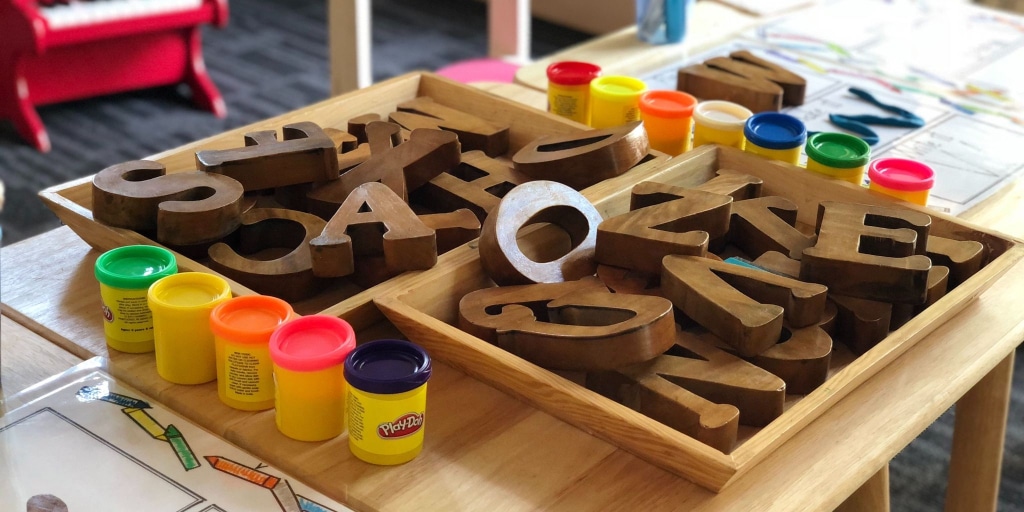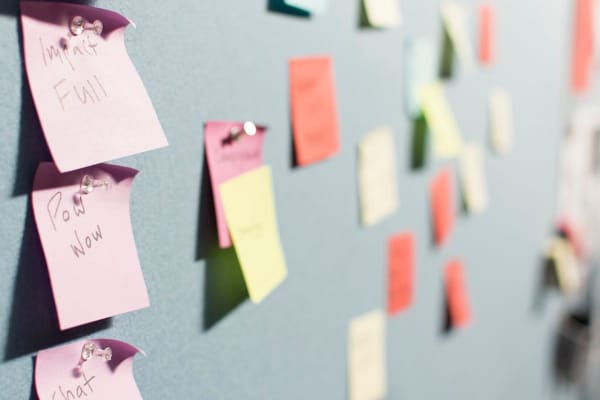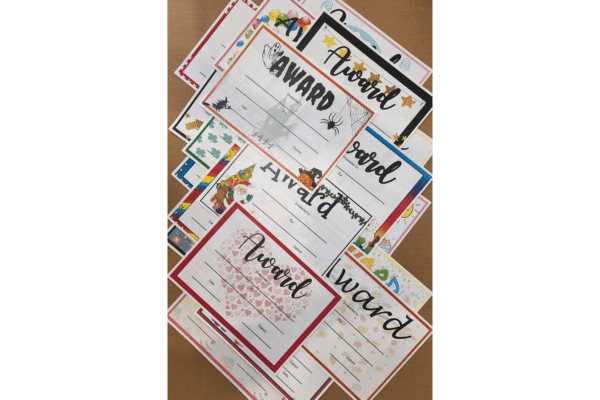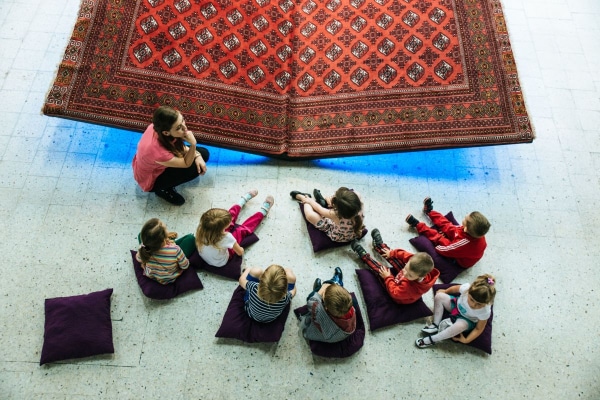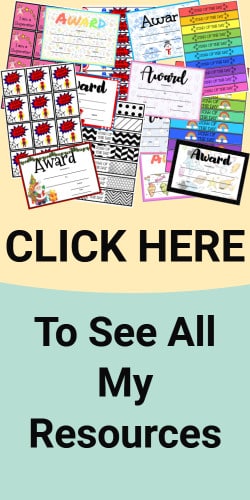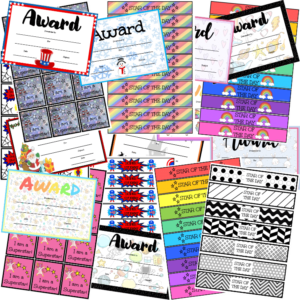Read Time 7 mins
What We'll Cover
- Creating routines and why they are important?
- What types of environments are best for effective classroom management.
- How I keep motivated and calm when things aren’t always going my way.
We know that developing proper strategies for classroom management is key to a successful learning environment. But what are the best techniques for classroom management? This is part 2 so make sure you check out our ultimate guide part 1 before you go on to part 3.
From establishing rules and consequences, to using positive reinforcement, we’ve got everything you need to create a well-run classroom.
So let’s begin…
Set Routines – How To Implement Routines & Other Strategies For Classroom Management
Routines help children know what to expect and what is expected of them. When children know what is coming up and the expectations, they are less likely to misbehave. Additionally, routines provide a sense of stability and consistency for children.
This can be comforting for them.
They’re a fundamental standard practice. A true building block of good strategies for classroom management.
So…
Why do I include routines as my strategies for classroom management?
First, they provide a sense of structure and order. This can be especially helpful for young children who are still learning how to navigate the social world. Routines help them to understand what is expected of them and how to behave in different situations.
Routines have helped me be more productive and hold myself accountable too.
Secondly, routines can promote discipline and self-control. When children know exactly what is happening they feel comfortable with the predictable nature of routines, and they are less likely to act impulsively.
QUICK TIP: Visual aids for your routine supports your students and staff members. When everyone is on the same page and knows exactly what is happening, your classroom will run smoothly.
Have you seen this in your classroom? Let me know any routines you swear by on my socials.
Transitions throughout the daily classroom routine are vital for several reasons.
Have you ever instantly regretted saying, “Let’s line up.” Suddenly you have a herd of elephants running through your class bumping into everything and everyone?
This is where you face plant your hand and think TRANSITIONS!!!
First, they help to keep the classroom organized and reduce chaos. When students know exactly when and how to transition between activities, it helps to reduce confusion and minimize disruptions.
Second, routine transitions help to improve classroom management. When students are accustomed to following a set routine, it is easier for teachers to maintain control of the class and manage any behavior issues that may arise.
Finally, routine transitions help to improve student focus and engagement. When students are not constantly being interrupted by disruptive behavior or unexpected changes in the schedule, they can concentrate and learn more effectively.
In conclusion, routine transitions throughout the day are essential for a well-run classroom. Whether it is moving from a group activity to independent work time or from math practice to a reading lesson.
Some of my Favourite Transitions are:
- If your name begins with…
- What’s the number
- Jumping/clapping syllables
- Action Songs
- Move like a…
- Affirmations
Furthermore, as every teacher knows, a routine and transitions can help promote positive attitudes towards school and make both teaching and learning easier and more enjoyable.
TIP: Let your students choose transitions, or have an input on which ones they would like to do daily. This supports enthusiasm and engagement. Plus you certainly will not get bored.
Also, they can help with general organization and time management in the classroom. When children know what tasks need to be completed and when it helps the entire class to run more smoothly.
As a result, routines and transitions are an essential part of my planning for every day of the week and key to my strategies for classroom management.
Here are some other resources I use to keep on track.
Rules and Expectations- Who’s the boss?
Before we get into this section, remember the 3 main styles of classroom management? Well here is where you will see a difference in which style fits you.
For me, rules and expectations are important techniques for classroom management. They help to keep order and discipline in the classroom so that learning can take place effectively.
Without rules and expectations, chaos can easily ensue and learning would be very difficult to accomplish. Therefore, teachers must establish rules and expectations at the beginning of the school year and enforce them throughout the year.
However, I highly recommend sitting with your students at the beginning of the year and devising your classroom rules and expectations together. This gives your students a voice and a sense of ownership over their learning environment.
They feel like they have a stake in the rules and are more likely to follow them when they feel invested. As well as understanding and having clear expectations laid out from the beginning.
Lastly, it builds trust between students and teachers. When students feel like their voices are heard and respected, they are more likely to cooperate and work with their teachers.
All in all, there are many good reasons why students should have input in their classroom rules.
And don’t forget to display them, as visual reminders for those who need it!
Are there ways you set up your classroom rules? Comment on my socials.
Sticking To Seating Plans -The Key to Behavior Management in the Classroom
Seating plans are an important tool for maintaining a well-organized and disciplined classroom. By strategically placing students in different parts of the room, less disruption occurs.
Children are less likely to talk to their friends who are seated far away from them. It also aids teachers to keep track of individual student’s progress and behavior.
If a child is constantly disrupting the class or not paying attention, the teacher can easily spot this in a good seating plan.
Seating plans are essential for creating a successful learning environment and another simple technique for classroom management.
I love seating plans. They help to create a sense of structure in the classroom, and can also play a role in promoting better behavior with less disruption. Teachers should create seating arrangements so positive behavior can be aided.
I hear you! “But I work in Kindy, we do not have strict seating plans”.
Yes, I understand in the early years’ children have the freedom and choice to engage in desired learning experiences.
But you can still have a carpet seating plan for your group learning experiences.
By having students sit on the carpet in a specific way, you can help to encourage engagement and prevent disruptive behavior.
For example, you might seat students who are working well together in pairs or groups, while seating those who are chatty next to quieter students.
This type of seating arrangement can help to encourage all students to participate in group learning activities.
Create A Calm, Positive Environment – Calming Techniques For Classroom Management
Many teachers find that creating a calm environment in their classroom helps students to be more focused and alert. Some popular relaxation strategies for classroom management include using calming colors, soft lighting, and soothing music.
Have designated relaxation areas students can reset themselves in.
Creating a designated relaxation area in the classroom can be SO helpful. This might be a corner with bean bag chairs and cushions or a small rug with some pillows.
Students can go to this area when they need a break from the hustle and bustle of the classroom. By taking a few minutes to relax, they will be able to return to their work refreshed and ready to learn.
I personally love creating a calm area and ask the children what they would like in their area.
Why? Because it is them that utilizes it! I will admit I have also had a quick lay down in my calm area after a hectic day. It’s just too inviting not to have a moment of peace!
Each year mine has looked a little different and it has certainly grown to be one of the most important areas in my room.
Quick ideas for your calm area:
- Sensory bottles
- Reading books
- Cushions
- Blankets
- How are you feeling? display/resources
- Positive Affirmations
- Music
We will cover this in more detail in a blog post coming soon!
Start the day in a positive way
From the word go you should be starting your day positively.
The first thing I do?
Greet them! Regardless if you are in a school or Early Childhood environment there is no excuse not to greet every one of your students.
How?
When it’s time to head into class, line up and welcome them in a fun, caring way. And of course- let them choose how! Whether it’s a hug, high- 5, fist pump, or a dance. This will put a smile on both you and your student’s faces before the day has even begun!
Most classroom environments begin their day in a group learning environment. I start my group time with a “warm-up dance”.
This is where we vote on a song to dance to, and we literally all let loose. Do not worry about the experiences that need setting up or other things that may need to be done.
Dance, Dance Dance WITH your students. I highly recommend ALL staff members in your team join in too.
Not only does this encourage positive relationship building, but it is also so much fun and is one of my favorite strategies for classroom management.
Why? Because it also releases energy in a positive way before your students need to sit down and concentrate in a group learning experience.
We then gather in a circle and engage in some basic yoga poses, as well as some breathing exercises to bring the energy back down and we succeed in a calm environment before learning.
As a result, everyone benefits from this short exercise and is a great technique for classroom management as a whole.
Keeping the Environment Calm- Harder than you think right?
As any Early Years/ Primary teacher knows, once your little ones are off exploring in all areas of your room- It can become hectic!
Here are some quick tips to keep the calm positive environment flowing:
- Play calm, mindfulness music from your computer (I use youtube, I even open two tabs and play beautiful scenery as a screen saver.)
- During the day engage in some meditation or other mindfulness experiences
- Use a bell, or other call-back strategies instead or attempting to talk over the noise.
- Noise level visual displays.
I go into more ideas and detail about this in part 3 of this guide, as well as other techniques for classroom management I recommend.
If you didn’t read part 1 then make sure you do.
You can follow my socials here for more of my blog updates and other resources. Tap on my picture above to learn more about me too.
Love
Miss Kate X
